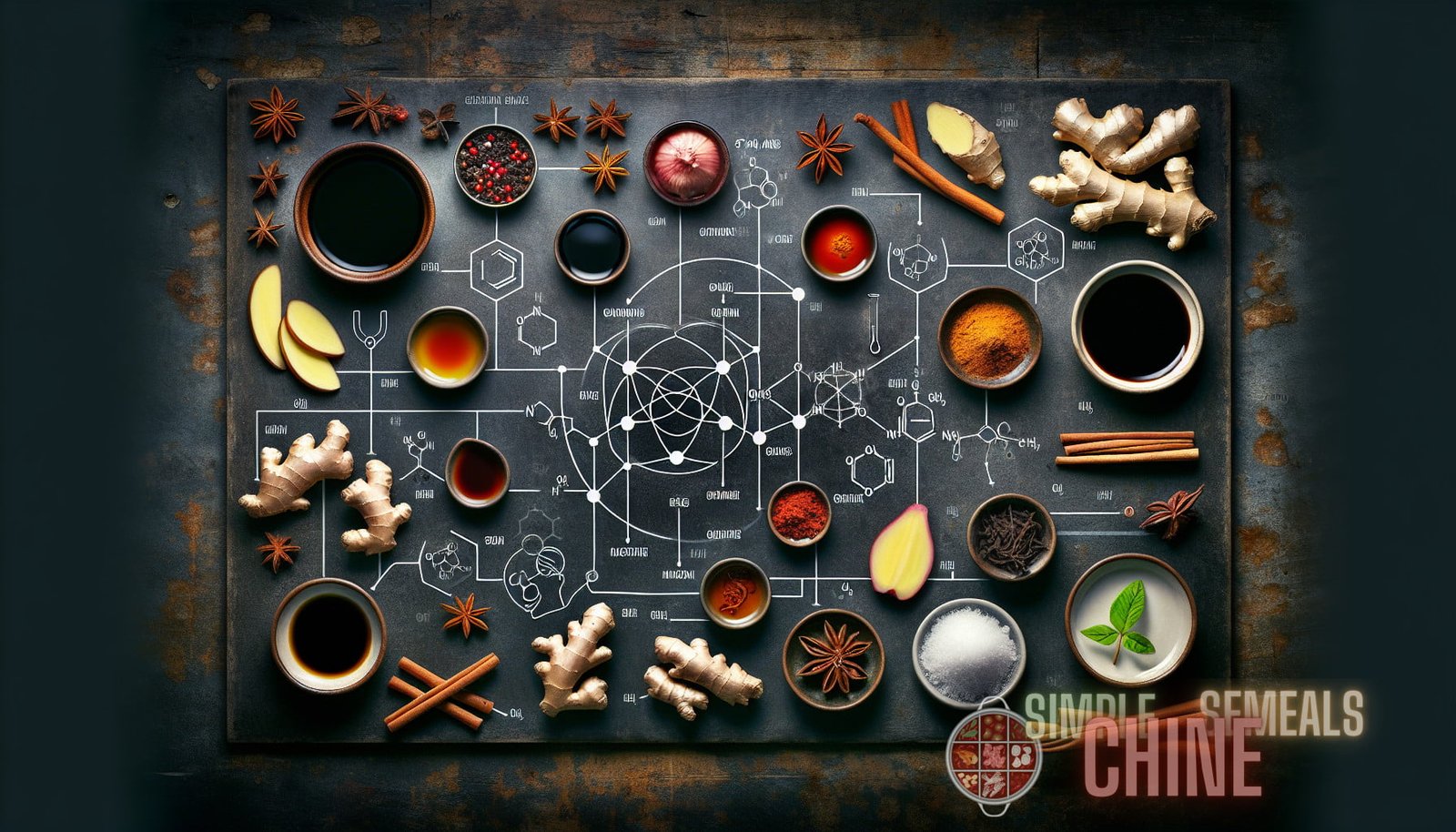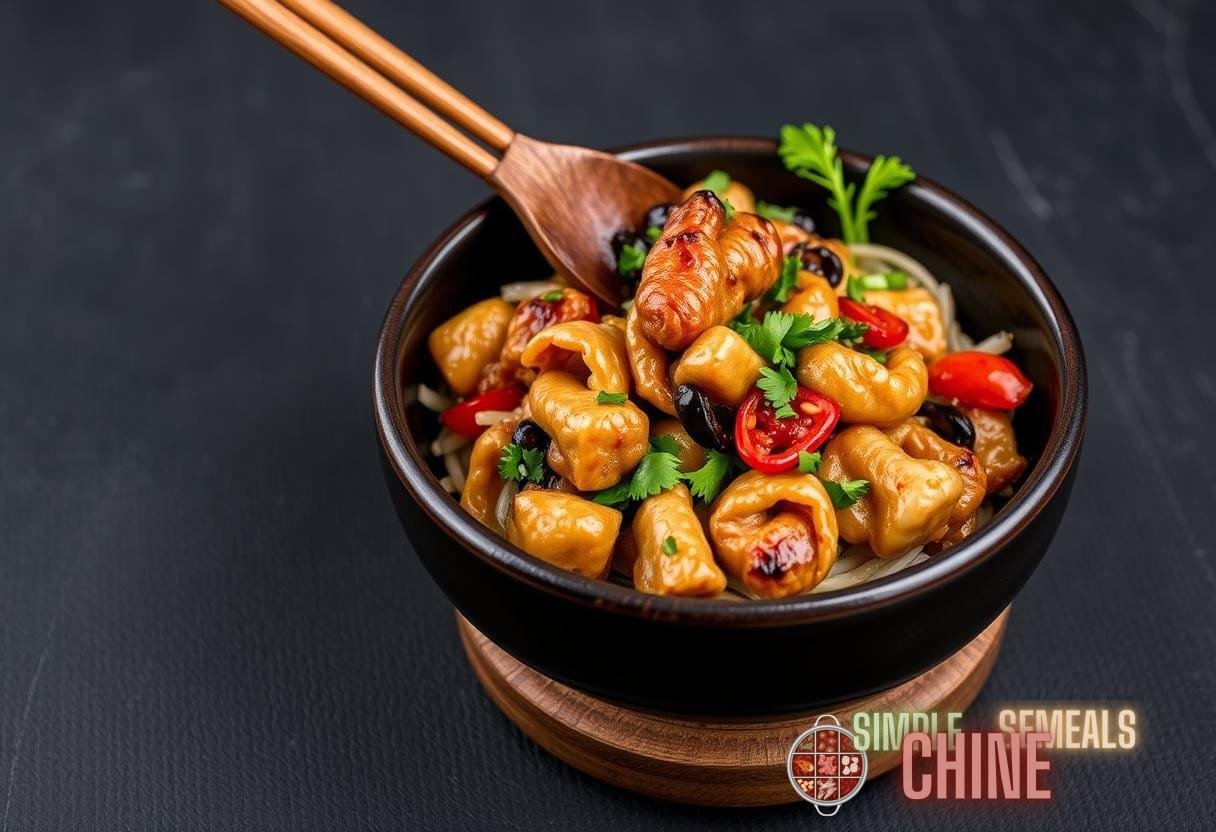Unveiling the Enigmatic Flavors: Demystifying the Science of Chinese Culinary Pairings
Chinese cuisine is renowned worldwide for its complex and harmonious flavors. From the delicate balance of sweet and sour in sweet and sour pork to the fiery blend of spices in Sichuan cuisine, Chinese cooking is a culinary journey that tantalizes the taste buds. But have you ever wondered what makes these flavors work together so well? How do chefs in China know which ingredients complement each other perfectly to create a symphony of tastes? In this article, we will delve into the science behind Chinese culinary pairings, unraveling the mysteries and demystifying the art of balancing flavors in Chinese cuisine.
The Five Flavors and Their Interactions
Chinese cuisine is built on the concept of the five flavors: sweet, sour, bitter, spicy, and salty. These flavors are not standalone entities; they interact with each other to create a well-rounded and satisfying dish. The balance of these flavors is of utmost importance in Chinese cooking, and achieving the perfect harmony is an art form.
Sweet: The sweet flavor in Chinese cuisine comes from ingredients like sugar, honey, and fruits. It provides a sense of balance and richness to a dish, tempering the boldness of other flavors.
Sour: Sourness is achieved through ingredients like vinegar, citrus fruits, and pickled vegetables. It adds a tangy and refreshing element to a dish, cutting through the richness and adding depth.
Bitter: Bitterness in Chinese cuisine comes from ingredients like bitter melon, tea leaves, and certain herbs. While bitterness is not as prevalent as other flavors, it adds complexity and depth to a dish.
Spicy: The spicy flavor in Chinese cuisine is quintessential to Sichuan cuisine but is also found in various regional dishes. It is achieved through the use of spices like chili peppers, Sichuan peppercorns, and ginger. The spiciness adds heat and intensity to a dish, awakening the senses.
Salty: Salt is one of the most fundamental flavors in Chinese cooking. It is used to enhance the natural flavors of ingredients and provides balance to other flavors in a dish.
Understanding the interactions between these flavors is key to successful Chinese culinary pairings. Let’s explore some of the most well-known pairings and the science behind them.
Pairing Complementary Flavors
In Chinese cuisine, certain flavors naturally complement each other, creating a harmonious blend that pleases the palate. Here are some examples of complementary flavor pairings:
- Sweet and sour: The combination of sweet and sour flavors is a classic pairing in Chinese cuisine. The sweetness balances the tanginess of the sour flavor, creating a delightful contrast in dishes like sweet and sour pork.
- Bitter and spicy: Bitterness and spiciness often go hand in hand in Chinese cuisine. The bitterness helps to balance the intensity of the spicy flavor, as seen in dishes like mapo tofu.
- Spicy and sour: The combination of spicy and sour flavors is commonly found in dishes like hot and sour soup. The heat from the spiciness is balanced by the tanginess of the sourness, resulting in a dynamic and satisfying flavor profile.
- Sweet and salty: The pairing of sweet and salty flavors is prevalent in Chinese cooking. The sweetness adds depth and richness to the saltiness, creating a well-rounded taste. This combination can be found in dishes like sweet and salty chicken.

These complementary flavor pairings are not arbitrary; they are backed by science. The contrasting flavors work together to stimulate different taste receptors on the tongue, creating a more complex and enjoyable eating experience.
Creating Balance and Contrast
In addition to complementary pairings, Chinese culinary tradition also emphasizes the importance of balancing flavors and creating contrast in a dish. This involves incorporating a variety of flavors and textures to keep the palate engaged and satisfied.
For example, a typical Chinese stir-fry might feature a combination of crunchy vegetables, tender meat, and a sauce that incorporates sweet, spicy, and sour elements. The contrasting textures and flavors create a dynamic and interesting dish that is both satisfying and balanced.
Balance can also be achieved by considering the cooking methods used. Chinese cooking techniques encompass a range of methods including stir-frying, steaming, braising, and deep-frying. Each method imparts its own unique flavors and textures to the dish, contributing to the overall balance.
Regional Differences and Flavor Profiles
China is a vast country with a rich culinary heritage, and the concept of culinary pairings can vary greatly between different regions. Each region in China has its own distinct flavor profile, often influenced by local ingredients, climate, and historical factors.
For example, Sichuan cuisine is known for its bold and spicy flavors, while Cantonese cuisine focuses more on lighter and subtler flavors. The culinary traditions in these regions have evolved over centuries, and the usage of certain ingredients and flavor combinations has become deeply ingrained in the local cuisine.
To truly understand Chinese culinary pairings, it is crucial to explore the different regional cuisines and their unique flavor profiles. Only then can one fully appreciate the depth and complexity of Chinese cooking.
Conclusion
The art of Chinese culinary pairings is a fascinating and intricate science. The five flavors of sweet, sour, bitter, spicy, and salty interact with each other to create a harmonious blend that delights the palate. From complementary pairings to creating balance and contrast, the science behind Chinese culinary pairings is backed by centuries of culinary tradition and scientific understanding.
To further explore the world of Chinese flavors and cooking techniques, check out the following articles:
- Chinese Marinades: Elevate Your Cooking with Authentic Chinese Flavors
- Unlock the Secrets of Chinese Flavors: Exploring the Unique Tastes of Chinese Cuisine
Delve into the vibrant world of Chinese cuisine and discover the magic of Chinese culinary pairings!



